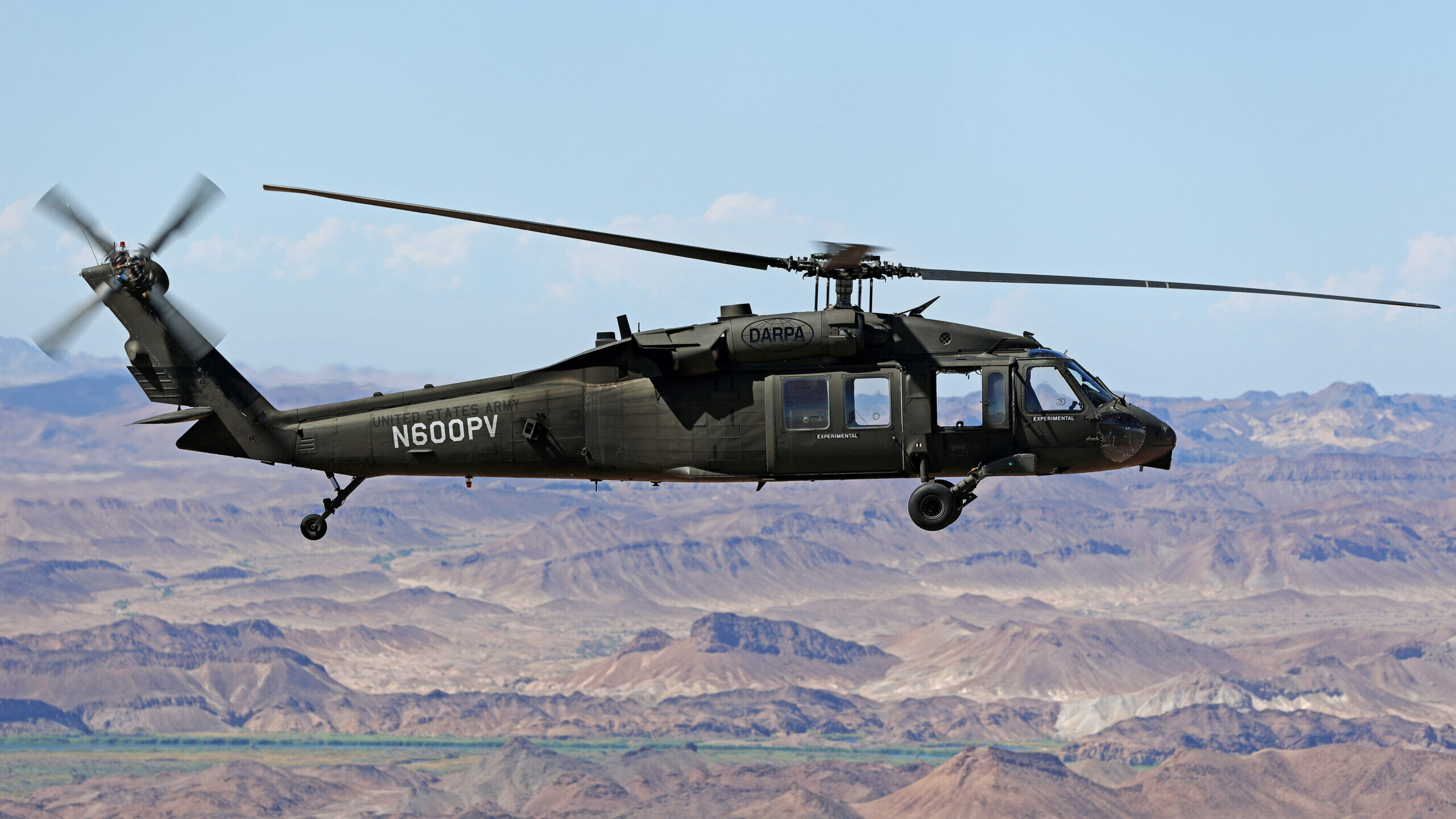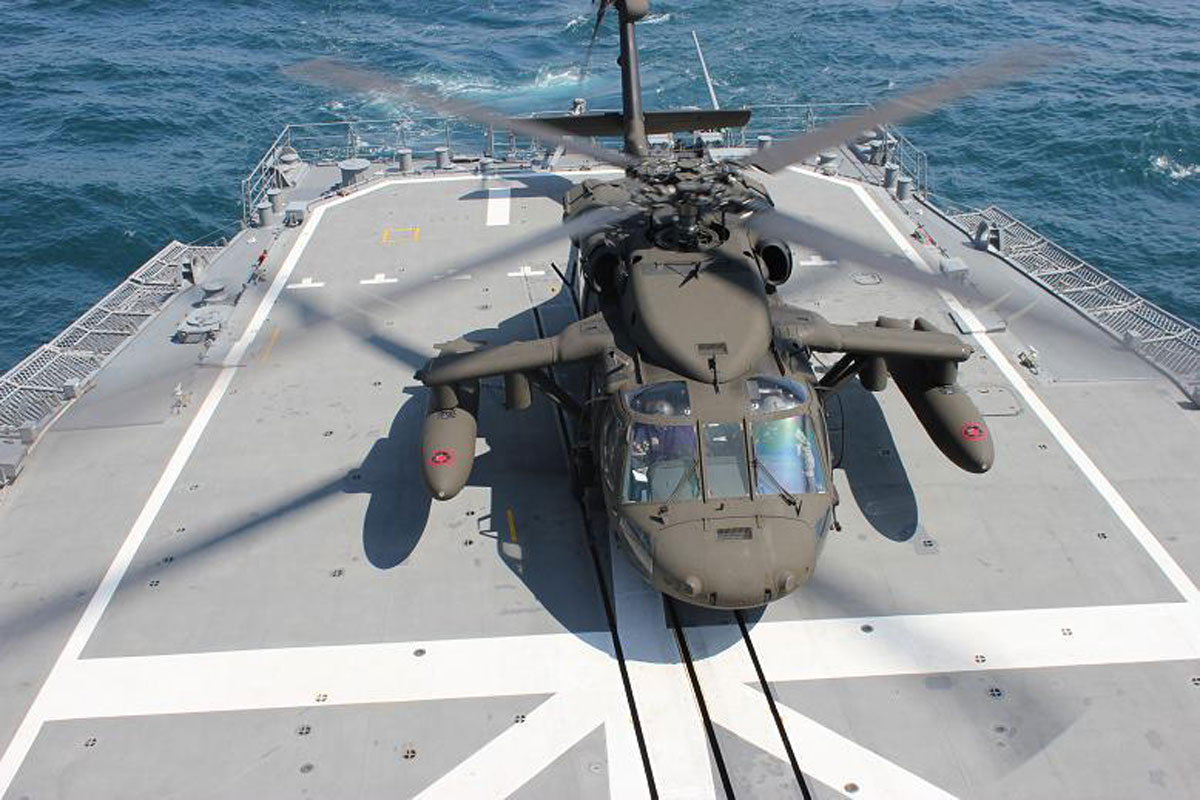A Comprehensive Guide to the UH 60's Features and Efficiency Metrics
A Comprehensive Guide to the UH 60's Features and Efficiency Metrics
Blog Article
UH-60: Innovations in Modern Helicopter Style
The UH-60 helicopter stands as a benchmark in contemporary aeronautics, showcasing significant innovations in style and modern technology that cater to the progressing needs of military procedures. As we check out the advancement and key advancements of the UH-60, it comes to be important to think about just how these developments influence not just existing applications but likewise the future landscape of helicopter style.

Development of the UH-60
The development of the UH-60 Black Hawk helicopter represents a substantial turning point in aerospace design and armed forces aviation. Presented in the late 1970s, the UH-60 was developed by Sikorsky Aircraft to satisfy the United States Military's requirement for a functional energy helicopter efficient in executing a range of goals. Its style emphasized toughness, maneuverability, and rate, establishing new requirements for functional performance.
The UH-60 includes a distinctive four-blade rotor system, which boosts lift and stability, enabling it to run effectively in diverse settings. Its airframe is constructed from sophisticated composite products, adding to a reduction in weight while keeping structural stability. The helicopter's layout also integrates better aerodynamics, which improves gas efficiency and enhances array.
Over the years, the Black Hawk has gone through numerous upgrades to enhance its abilities, including enhanced engines, progressed trip control systems, and modular systems for easy maintenance and versatility. The helicopter's capacity to carry out objectives varying from troop transportation to medical discharge has actually solidified its function as a foundation of united state armed forces procedures. The UH-60 Black Hawk continues to be an archetype of how advancement in helicopter layout can significantly affect military performance and functional adaptability.
Advanced Avionics Solutions
Advancements in avionics systems have actually transformed the capacities of modern-day helicopters like the UH-60 Black Hawk, boosting functional efficiency and situational awareness (UH 60). The combination of advanced avionics permits for enhanced navigation, flight, and communication monitoring, making the UH-60 more flexible in varied mission accounts
One of the essential attributes is the advanced digital cabin, which uses multifunction displays that give real-time data, ensuring pilots have instant access to critical trip details. This streamlining of information lessens pilot workload and boosts decision-making processes throughout facility operations. Additionally, the unification of general practitioner and inertial navigation systems makes it possible for specific positioning and course preparation, enhancing goal implementation in difficult settings.
Additionally, progressed avionics systems enhance communication capacities with secure information links and voice interaction systems, allowing seamless control with ground forces and various other aircraft. The assimilation of automatic flight control systems further adds to boosted security and control, particularly in unfavorable climate condition or throughout low-altitude maneuvers.
Engine and Performance Enhancements
Engine efficiency in modern-day helicopters has actually taken a considerable jump onward, driven by developments that enhance dependability, effectiveness, and power. At the center of these advancements is the adoption of even more powerful turboshaft engines, especially those using innovative products and modern technologies that make it possible for greater temperature tolerances and increased drive capacities. The UH-60 Black Hawk, for circumstances, makes use of the T700-GE-701C engine, which features a dual-channel, full-authority digital engine control system. This system enhances efficiency while maximizing fuel usage and lowering upkeep demands.
Moreover, the combination of engine health and wellness monitoring systems enables real-time diagnostics and predictive maintenance, dramatically enhancing functional integrity. go to website These systems not only alert teams to possible issues before they end up being vital however additionally assist in extra reliable upkeep organizing, thereby lowering downtime.

Products and Structural Innovations
Current developments in materials and architectural layout have actually changed modern helicopter construction, enhancing both efficiency and durability. The intro of innovative composite products, such as carbon fiber reinforced polymers, has significantly decreased weight while keeping architectural stability. This change not only improves fuel efficiency but also raises payload capability, enabling helicopters like the UH-60 to do even more diverse missions.
In addition, developments in light weight aluminum alloys and titanium elements have actually contributed to improved resistance to corrosion and tiredness, prolonging the life expectancy of crucial airframe elements. The critical use these materials has resulted in a reduction in maintenance requirements and boosted total operational readiness.

Moreover, the integration of computer-aided design (CAD) and additive manufacturing innovations has allowed extra light-weight frameworks and complex geometries, enhancing the aerodynamic performance of helicopter styles. These improvements help with rapid prototyping and manufacturing, allowing suppliers to react quickly to developing mission demands.
Security and Survivability Functions
Security and survivability functions in contemporary helicopter layout have become extremely important, reflecting the boosting needs for mission effectiveness in difficult environments. see here now The UH-60 Black Hawk, a notable example, incorporates sophisticated modern technologies to enhance crew and traveler security.
The helicopter likewise utilizes a ballistic defense system, which consists of armored crew seats and crucial systems shielding, minimizing vulnerability to little arms fire and shrapnel. Improved situational awareness is accomplished via innovative avionics and sensing unit innovations, permitting pilots to find and avoid hazards effectively.
Furthermore, the integration of redundancy in vital systems-- such as double engines and several flight control channels-- makes certain continued procedure even if one system stops working. The UH-60 is geared up with advanced emergency situation flotation protection gadgets, improving survivability in water touchdowns. Collectively, these attributes not only enhance the safety and security of personnel but also raise objective success rates in hostile settings, demonstrating the dedication to excellence in helicopter style.
Final Thought
The UH-60 helicopter represents a considerable development in modern-day aviation modern technology, incorporating cutting-edge products, innovative avionics, and robust safety and security attributes. Its evolution mirrors a dedication to enhancing performance and operational effectiveness while making certain pilot and team survivability. The integration of light-weight composites and progressed navigating systems highlights the helicopter's flexibility in different army missions. Overall, the UH-60 works as a benchmark for future developments in helicopter design, symbolizing durability and convenience in modern military operations.
The UH-60 helicopter stands as a criteria in contemporary aviation, showcasing substantial innovations in style and innovation that cater to the progressing demands of military operations. As we check out the development and vital technologies of the UH-60, it becomes necessary to take into consideration exactly how these developments affect not only existing applications however also the future landscape of helicopter style.
Presented in the late 1970s, the UH-60 was made by Sikorsky Airplane to satisfy the United States Military's need for a functional utility helicopter qualified of doing a range of missions. The UH-60 Black Hawk continues to be a prime instance of how innovation in helicopter layout can substantially affect military efficiency and operational adaptability.
In general, the UH-60 offers as a criteria for future growths in helicopter design, personifying resilience and convenience in modern army procedures.
Report this page